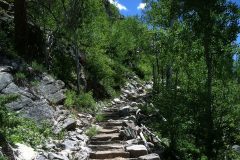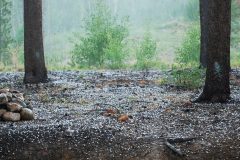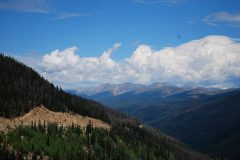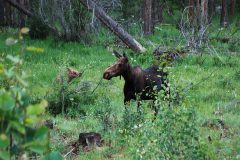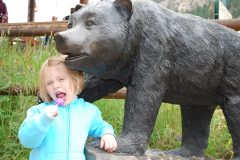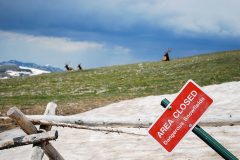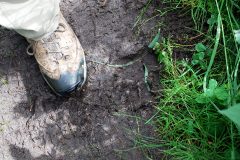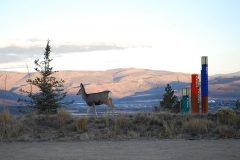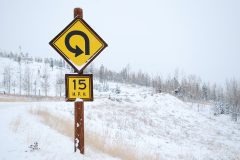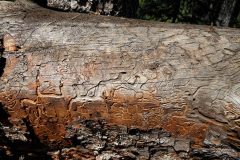Elevation Gain
I’ve heard that for every 1000′ of elevation gain on a trail, it’s like hiking another mile. And unless it’s a loop, you have to hike back too! So if the sign says three miles to a lake, it might feel like seven or more, depending on the elevation gain. This is not an exact formula, just a reminder to consider elevation gain when planning your hike. I carry a National Geographic trail map. The free RMNP maps and papers include elevation info as well. I have seen multiple people carried out on stretchers due to dehydration and lack of planning. When in doubt, ask a ranger for advice. They are happy to help!
